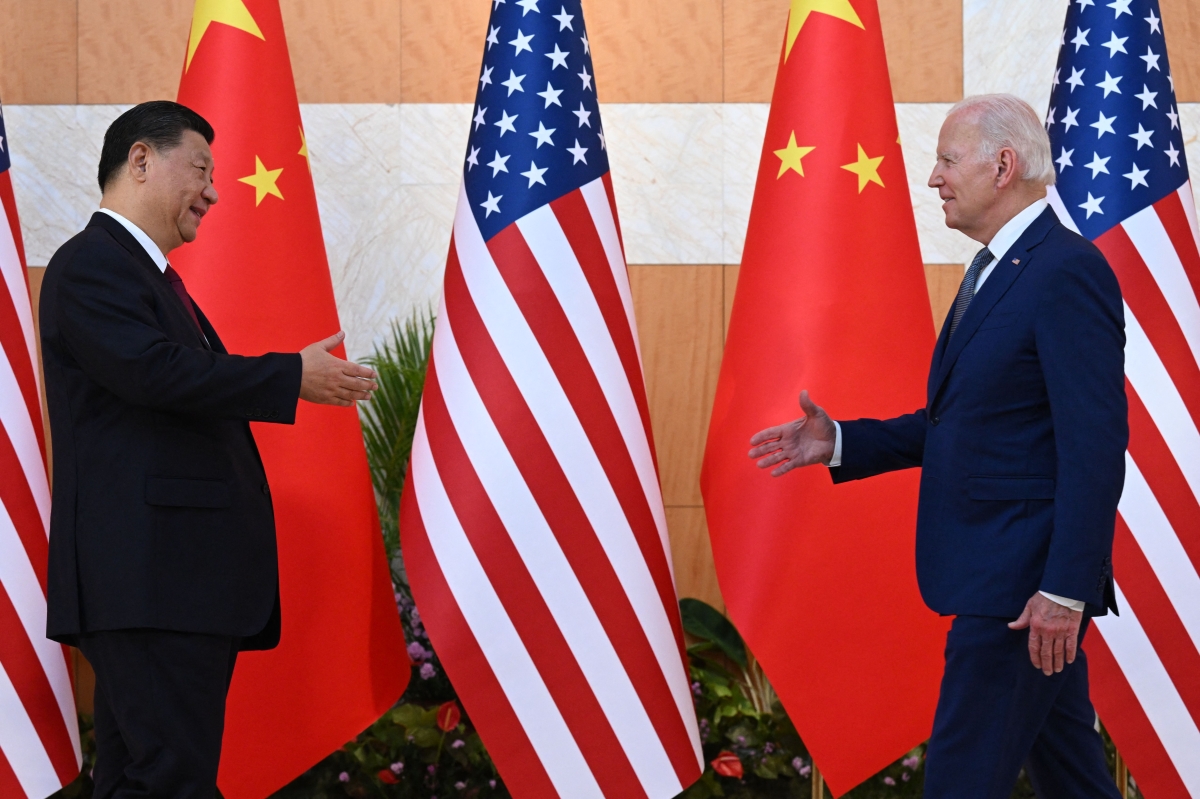U.S. and Chinese officials recently convened for their third meeting to alleviate tensions and foster financial collaboration. Established in November, the working group has been actively addressing critical issues like financial stability and countering money laundering, with representatives from the U.S. Treasury Department engaging counterparts from the People’s Bank of China.

Photo from Reuters
U.S.-China Collaboration Gains Momentum
During their visit to China, the U.S. delegation discussed with Chinese Vice Premier He Lifeng. The Treasury Department’s statement on Friday highlighted the collaborative efforts. It revealed that Treasury Secretary Janet Yellen is slated for a future visit to China, building on her previous trip in July.
The inception of collaboration between these economic giants occurred in November, marked by a crucial meeting between Yellen and Vice Premier He in San Francisco. This meeting laid the groundwork for subsequent discussions between U.S. President Joe Biden and China’s President Xi Jinping. The agreement reached during that time committed to restarting cooperation on issues like controlling the spread of synthetic opioid fentanyl and enhancing military-to-military communication.
While these ongoing talks have prevented a deterioration in the U.S.-China relationship, they have yet to resolve fundamental differences. Longstanding economic concerns have persisted since former U.S. President Donald Trump initiated a trade war with significant tariffs on Chinese goods.
READ ALSO: Russian Foreign Minister Takes Stand Against US Proposal, Declares ‘No Talks’ Amid Escalating Tensions
U.S.-China Financial Cooperation in Focus
The recent meeting underscores the dedication to financial cooperation, focusing on financial stability and countering money laundering, suggesting a holistic approach to shared economic concerns.
Anticipation surrounds Secretary Yellen’s upcoming visit to China, emphasizing the importance both nations place on maintaining constructive dialogue. While these discussions represent positive strides, the complexity of the broader economic landscape between the U.S. and China, coupled with unresolved issues and historical trade tensions, remains challenging. The collaborative initiatives seek to enhance understanding and cooperation, recognizing that significant disputes may necessitate additional diplomatic efforts and negotiations in the future.
READ ALSO: Nauru’s Switch From Taipei To Beijing Deals Blow To U.S. Influence




![Tyson Foods Plant [Photo: Food Manufacturing]](https://southarkansassun.com/wp-content/uploads/2023/08/iStock_1185520857__1_.5e441daa51cca-600x337.jpg)








![Silverado Senior Living Management Inc. [Photo: Los Angeles Times]](https://southarkansassun.com/wp-content/uploads/2023/10/download-6-4-600x337.jpg)

![China's Wuhan Institute of Virology [Photo: Nature]](https://southarkansassun.com/wp-content/uploads/2023/09/d41586-021-01529-3_19239608-600x337.jpg)















